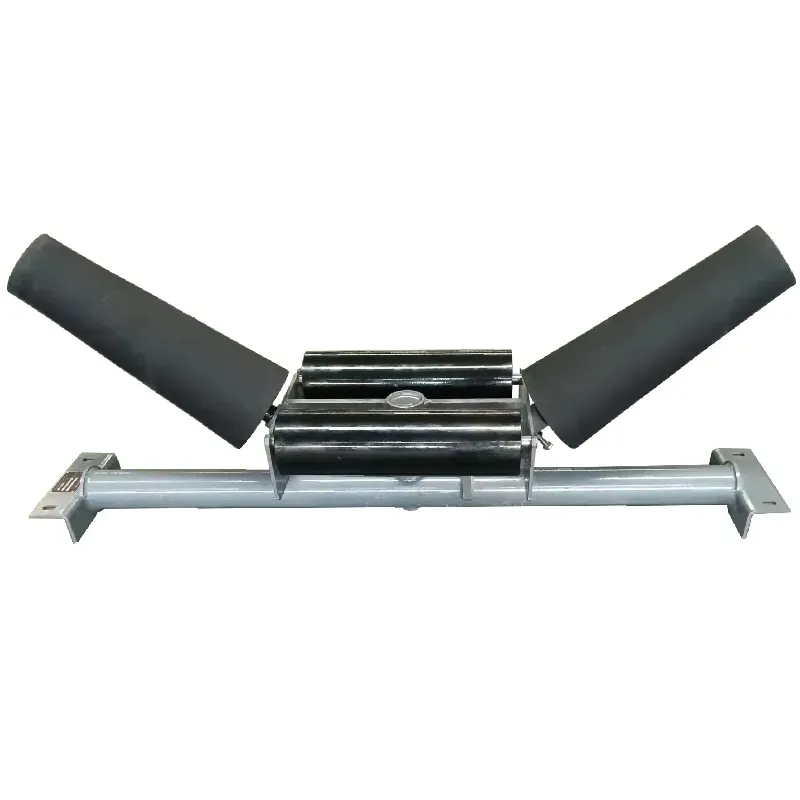 Afrikaans
Afrikaans  Albanian
Albanian  Amharic
Amharic  Arabic
Arabic  Armenian
Armenian  Azerbaijani
Azerbaijani  Basque
Basque  Belarusian
Belarusian  Bengali
Bengali  Bosnian
Bosnian  Bulgarian
Bulgarian  Catalan
Catalan  Cebuano
Cebuano  Corsican
Corsican  Croatian
Croatian  Czech
Czech  Danish
Danish  Dutch
Dutch  English
English  Esperanto
Esperanto  Estonian
Estonian  Finnish
Finnish  French
French  Frisian
Frisian  Galician
Galician  Georgian
Georgian  German
German  Greek
Greek  Gujarati
Gujarati  Haitian Creole
Haitian Creole  hausa
hausa  hawaiian
hawaiian  Hebrew
Hebrew  Hindi
Hindi  Miao
Miao  Hungarian
Hungarian  Icelandic
Icelandic  igbo
igbo  Indonesian
Indonesian  irish
irish  Italian
Italian  Japanese
Japanese  Javanese
Javanese  Kannada
Kannada  kazakh
kazakh  Khmer
Khmer  Rwandese
Rwandese  Korean
Korean  Kurdish
Kurdish  Kyrgyz
Kyrgyz  Lao
Lao  Latin
Latin  Latvian
Latvian  Lithuanian
Lithuanian  Luxembourgish
Luxembourgish  Macedonian
Macedonian  Malgashi
Malgashi  Malay
Malay  Malayalam
Malayalam  Maltese
Maltese  Maori
Maori  Marathi
Marathi  Mongolian
Mongolian  Myanmar
Myanmar  Nepali
Nepali  Norwegian
Norwegian  Norwegian
Norwegian  Occitan
Occitan  Pashto
Pashto  Persian
Persian  Polish
Polish  Portuguese
Portuguese  Punjabi
Punjabi  Romanian
Romanian  Russian
Russian  Samoan
Samoan  Scottish Gaelic
Scottish Gaelic  Serbian
Serbian  Sesotho
Sesotho  Shona
Shona  Sindhi
Sindhi  Sinhala
Sinhala  Slovak
Slovak  Slovenian
Slovenian  Somali
Somali  Spanish
Spanish  Sundanese
Sundanese  Swahili
Swahili  Swedish
Swedish  Tagalog
Tagalog  Tajik
Tajik  Tamil
Tamil  Tatar
Tatar  Telugu
Telugu  Thai
Thai  Turkish
Turkish  Turkmen
Turkmen  Ukrainian
Ukrainian  Urdu
Urdu  Uighur
Uighur  Uzbek
Uzbek  Vietnamese
Vietnamese  Welsh
Welsh  Bantu
Bantu  Yiddish
Yiddish  Yoruba
Yoruba  Zulu
Zulu conveyor drum pulley
Understanding Conveyor Drum Pulleys Design and Functionality
Conveyor systems are integral to numerous industries, facilitating the efficient movement of materials over various distances and terrains. At the heart of these conveyor systems are components like conveyor drum pulleys. This article delves into the design, function, types, and significance of drum pulleys in conveyor systems.
What is a Conveyor Drum Pulley?
A conveyor drum pulley, often referred to as a conveyor pulley, is a vital component of a conveyor system that performs the crucial task of driving the conveyor belt. Drum pulleys are typically cylindrical in shape and are attached to the ends of a conveyor belt. Their primary role is to provide the necessary tension to the belt while also assisting in its movement. The pulley serves as a rotating axis, around which the belt loops and operates.
Design of Conveyor Drum Pulleys
Drum pulleys are engineered for maximum efficiency and durability. The typical design includes a cylindrical body made from robust materials such as steel, which can withstand significant wear and tear in harsh operational environments. There are various design aspects that contribute to the performance of a drum pulley
1. Diameter and Length The size of the pulley can vary based on the specifications of the conveyor system it supports. Larger diameters allow for smoother belt transitions and increased operational efficiency.
2. Shell Thickness The thickness of the shell directly impacts durability and strength. Thicker shells can handle greater loads without deforming, which is crucial for ensuring a long operational life.
3. Coating and Finish Many drum pulleys are coated with protective layers to resist corrosion and ensure optimal performance under various environmental conditions. This finishing enhances the pulley’s lifespan and reliability.
4. End Features Features like crown faces or special grooves can be incorporated to enhance belt tracking and prevent slippage, ensuring smooth and efficient operation.
Functionality of Drum Pulleys
Drum pulleys serve several key functions in a conveyor system
conveyor drum pulley

- Belt Tensioning By providing an anchor point for the conveyor belt, drum pulleys maintain the tension needed for proper belt operation. Adequate tension prevents sagging and misalignment, leading to efficient material handling.
- Drive Mechanism In many systems, the drive pulley is connected to a motor. The rotational motion from the motor is transmitted to the pulley, giving it the ability to move the belt forward and backward.
- Belt Alignment Drum pulleys play a crucial role in ensuring that the conveyor belt remains aligned throughout its operation. Proper alignment minimizes wear on the belt and maximizes the efficiency of the conveyor system.
- Material Handling Pulleys also assist in controlling the flow of materials transported by the belt. They help facilitate the loading and unloading processes, ensuring that materials can be moved safely and efficiently.
Types of Conveyor Drum Pulleys
There are several types of conveyor drum pulleys designed to meet different operational needs
1. Drive Pulleys These are powered pulleys that transmit the motor's rotational energy to the belt, facilitating movement.
2. Idler Pulleys Idler pulleys do not provide power; instead, they support the return side of the belt, ensuring smooth movement without unnecessary tension.
3. Tail Pulleys Located at the back of the conveyor system, tail pulleys play a critical role in supporting the return side of the belt and maintaining its alignment.
4. Metallic vs. Non-metallic Depending on the application, pulleys can be constructed from various materials, including metal for durability or non-metallic materials for lightweight and corrosion-resistant properties.
Conclusion
Conveyor drum pulleys are essential components that ensure the smooth and efficient operation of conveyor systems across various industries. With their critical roles in providing tension, supporting the belt, and facilitating movement, proper design and maintenance of these pulleys are vital. Understanding the different types and functionalities of drum pulleys can help industries maximize their operational efficiency and extend the lifespan of their conveyor systems. As industries continue to innovate and expand, the role of high-quality drum pulleys will remain paramount in optimizing material handling processes.
-
Revolutionizing Conveyor Reliability with Advanced Rubber Lagging PulleysNewsJul.22,2025
-
Powering Precision and Durability with Expert Manufacturers of Conveyor ComponentsNewsJul.22,2025
-
Optimizing Conveyor Systems with Advanced Conveyor AccessoriesNewsJul.22,2025
-
Maximize Conveyor Efficiency with Quality Conveyor Idler PulleysNewsJul.22,2025
-
Future-Proof Your Conveyor System with High-Performance Polyurethane RollerNewsJul.22,2025
-
Driving Efficiency Forward with Quality Idlers and RollersNewsJul.22,2025





























